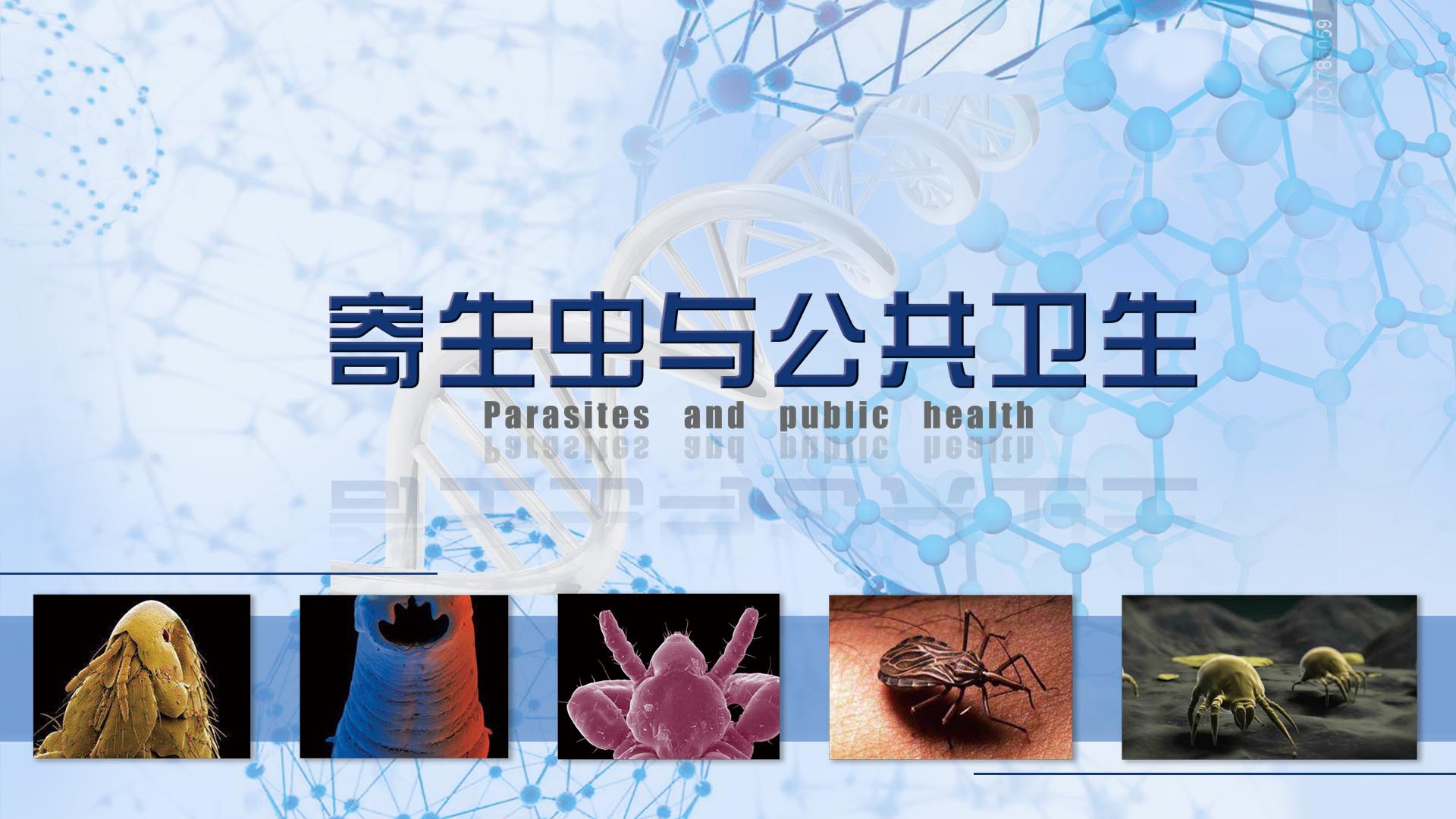Assignment 9: Simulation using EXCEL visual basic.
Using the macroscopic mini-models in this folder conduct the simulations and answer the “what if experiments” that follow.
"What if" Experimental Problems for the TANK Model
Please download the TANK Model here: /static/1-TANK-vb-1.xls
1 What would the simulation graph look like if you started with 100 liters of water in the sink instead of 1 liter? First, make an educated guess (an hypothesis). Then change Q to 100. RUN the model and the new simulation graph will appear. Was your hypothesis right?
2. What would happen if you cut off the faucet after 96 hours? What statement would you add that tells the computer to change J when the time is 96 hours? Insert a line after Q = Q + dQ * dt and Type:
IF T > 96 THEN J = 0.
Remove this statement before going on to #3
3. Another experiment is to study the effect of the outflow coefficient, K. It is the fraction outflowing per time. K = .05 means outflow is 5% of Q per unit time. What if leaves on the forest floor were exposed to higher temperatures causing faster decomposition. Change K to 0.1. Predict the effect of a faster outflow rate.
"What if" Experiments for EXPO
Please download the EXPO here: /static/2-EXPO-vb.xls
1 What will happen to the growth of Q if you double the energy source? Predict and then try it. Change E to E = 2. Then press RETURN and type RUN. Check in Appendix C for the answers to the problems.
Now cut the energy source (E) in half. What happens to the growth of Q?
2. What if you increase the growth rate (K1) of Q? What will the graph of Q look like? Try it. Type Kl = 0.08. Then RUN. Then try reducing K1. Change the statement making Kl less than the original .07. What does that graph look like?
3. Another change which might occur is in the death rate. What would happen to the growth of Q if the death rate increased? To test your hypothesis, would you increase or decrease K4? Show what happens to the growth of Q.
4. If E is 1 and you make K1 equal to K4, what will happen to the population? Try it.
"What if" Experimental Problems for LOGISTIC
Please download the LOGISTIC here: /static/3-LOGISTIC-vb.xls
1. What would happen if you increase E? Change E to 10 and run the graph again. Does the population grow faster, at the same rate, or slower? Does it level at the same size? Does it take longer or less time to level? Why?
Reset E=7 and rerun the model
2. The steady state size of Q (with E=7) is 70, what if you change Q at the beginning of your experiment to a number higher than 70, would Q increase or decrease? Try starting with Q = 150.
3. The Quadratic losses pathwqay is a function of crowding. If the population represented by Q was less sensitive to crowding, which variable would you change? How would that affect the final population level? Try it.
"What if" Experimental Problems for NONRENEW
Please download the NONRENEW here: /static/4-NONRENEW-vb.xls
1. What would happen to Q if the the energy source (E) is larger? Would Q become larger or would it live longer or both? Try it by changing statement E = 180
If this model is general, what would you predict our world economy would do if large new deposits of fossil fuels were found? Would we use them up quickly to develop more, or would we conserve them to keep a steady economy longer?
2. What would happen to E and Q if you started with 100 times more beetles? Try changing Q to 10 instead of 0.1:
Q = 10
3. Try changing the efficiency of the growth rate by increasing efficiency. Change K1 to .0033. What happens to Q?, to E? Then change it to be less efficient: change K1 to .0027.
4. What would you change to increase death rate? How would E and Q change? Try it and explain your results.
"What if" Experimental Problems for SLOWREN
Please download the SLOWREN here: /static/5-SLOWREN-vb.xls
1. What happens if the reserve tank is initially zero? Change E = 0
How does the quantity of Q, compare with the run which starts with a large initial reserve? Explain.
2. The level attained by Q in the long run is its "carrying capacity." What would happen to the carrying capacity if the regular inflow were doubled? Change J = 2
3. What would happen if there were no inflow? Change J = 0
"What if" Experiments for RENEW
Please download the RENEW here: /static/6-RENEW-vb.xls
1. Compare and contrast systems which grow exponentially (EXPO) with those which grow up and then level off at a steady state (RENEW). Consider the difference in the sources of energy for their growth.
2. If you lived in an area with a combination of renewable energy sources better than in this program, how would this affect the growth of Q? Prove it by changing and running the program to increase J. Change J= 60
What would the graph of Q look like if you reduced J to 30?
Return the value of J = 40 and run the simulation
3. Consider a system where Q starts higher. Since Q is starting higher, will the graph level higher? To find out, change Q = 25.
4. How will decreasing the outflow rate change the steady state value of Q? What statement in the program will you change to find out? Do it by decreasing the coefficient. Does Q reach the same level at steady state? If not, which is more? Why?
"What If" Experimental Problems for 2SOURCE
Please download the 2SOURCE here: /static/7-2SOURCE-vb.xls
1. If we find more fuels, making E larger, will our Q peak higher or last longer? Try making E = 160. Explain.
2. If pollution increases, giving us less available clear sun and clean rain J, how will this affect the growth Q? Decrease J to 70 and see. Explain.
3. If the depreciation rate of Q increases as Assets get older, how will this affect Q Add a statement after E = E + dE * dt; IF T >100 THEN K8 = 0.1. Explain the results.
4. If the simulation is started with Q high, will the graph differ from the first run? Describe what you changed in the program and explain the results using an example.
Environmental Accounting and Management课程列表:
Chapter 0 - Introduction
-Chapter 0 - Introduction
--Chapter 0 - Introduction
--html
Chapter 1 - Integrating Biophysical & Economic Values: The Emerging Discipline of Emergy Analysis
-Chapter 1 - Integrating Biophysical & Economic Values: The Emerging Discipline of Emergy Analysis
--Chapter 1 - Integrating Biophysical & Economic Values: The Emerging Discipline of Emergy Analysis
Chapter 2.1 - Systems Perspective: Drivers, Components, and Processes
-Chapter 2.1 - Systems Perspective: Drivers, Components, and Processes
--Chapter 2.1 - Systems Perspective: Drivers, Components, and Processes
Chapter 2.2 Systems Language-A picture is worth a thousand words
-Chapter 2.2 A Systems Language-A picture is worth a thousand words
--Chapter 2.2 A Systems Language-A picture is worth a thousand words
--html
Chapter 3.1 - Energy, Exergy and Thermodynamics: Thermodynamics, Maximum power, Hierarchies, and Mat
-Chapter 3.1 - Energy, Exergy and Thermodynamics: Thermodynamics, Maximum power, Hierarchies, and Mat
--Chapter 3.1 - Energy, Exergy and Thermodynamics: Thermodynamics, Maximum power, Hierarchies, and Mat
Chapter 3.2 - Calculating Exergy of Materials & Energy Sources: Available energy using Gibbs Free E
-Chapter 3.2 - Calculating Exergy of Materials & Energy Sources: Available energy using Gibbs Free E
--Chapter 3.2 - Calculating Exergy of Materials & Energy Sources: Available energy using Gibbs Free E
Chapter 4.1 - Emergy and Environmental Accounting: The Geobiosphere Emergy Baseline (GEB), Solar equ
-Chapter 4.1 - Emergy and Environmental Accounting: The Geobiosphere Emergy Baseline (GEB), Solar equ
--Chapter 4.1 - Emergy and Environmental Accounting: The Geobiosphere Emergy Baseline (GEB), Solar equ
Chapter 4.2 - Emergy of Renewable Secondary and Tertiary Global Sources: Computation of primary, sec
-Chapter 4.2 - Emergy of Renewable Secondary and Tertiary Global Sources: Computation of primary, sec
--Chapter 4.2 - Emergy of Renewable Secondary and Tertiary Global Sources: Computation of primary, sec
--html
Chapter 5 - Emergy of Materials,Energy,and Finished Products: UEVs of non-renewable fossil fuels; UE
-Chapter 5 - Emergy of Materials,Energy,and Finished Products: UEVs of non-renewable fossil fuels; UE
--Chapter 5 - Emergy of Materials,Energy,and Finished Products: UEVs of non-renewable fossil fuels; UE
Chapter 6 - Static Emergy Accounting: Emergy algebra, Emergy evaluation procedure , Static calculati
-Chapter 6 - Static Emergy Accounting: Emergy algebra, Emergy evaluation procedure , Static calculati
--Chapter 6 - Static Emergy Accounting: Emergy algebra, Emergy evaluation procedure , Static calculati
--html
Chapter 7 - Dynamic Emergy Accounting: Simulation of emergy and transformity, network analysis of em
-Chapter 7 - Dynamic Emergy Accounting: Simulation of emergy and transformity, network analysis of em
--Chapter 7 - Dynamic Emergy Accounting: Simulation of emergy and transformity, network analysis of em
Chapter 8 - Emergy Evaluating Procedure: systems diagram, evaluation table, footnotes, summary diagr
-Chapter 8 - Emergy Evaluating Procedure: systems diagram, evaluation table, footnotes, summary diagr
--Chapter 8 - Emergy Evaluating Procedure: systems diagram, evaluation table, footnotes, summary diagr
--html
Chapter 9 - Emergy and the Economy: Emergy Money Ratio, “Value Added”, international trade, emergy
-Chapter 9 - Emergy and the Economy: Emergy Money Ratio, “Value Added”, international trade, emergy
--Chapter 9 - Emergy and the Economy: Emergy Money Ratio, “Value Added”, international trade, emergy
Chatper 10 - Emergy Evaluation of Nations
-Chatper 10 - Emergy Evaluation of Nations
--Chatper 10 - Emergy Evaluation of Nations
--html
Chapter 11 - Emergy & Nations
-Chapter 11 - Emergy & Nations
--Chapter 11 - Emergy & Nations
Chapter 12 - Emergy and Urban Systems: Understanding urban systems; Settlement location; Urban Hiera
-Chapter 12 - Emergy and Urban Systems: Understanding urban systems; Settlement location; Urban Hiera
--Chapter 12 - Emergy and Urban Systems: Understanding urban systems; Settlement location; Urban Hiera
Chapter 13 - Emergy Evaluation of Ecosystems: What is a ecosystem? GPP & NPP; Succession; Emergy of
-Chapter 13 - Emergy Evaluation of Ecosystems: What is a ecosystem? GPP & NPP; Succession; Emergy of
--Chapter 13 - Emergy Evaluation of Ecosystems: What is a ecosystem? GPP & NPP; Succession; Emergy of
Chapter 14 - Natural Capital and Environmental Services: What are ecosystem services? What is natura
-Chapter 14 - Natural Capital and Environmental Services: What are ecosystem services? What is natura
--Chapter 14 - Natural Capital and Environmental Services: What are ecosystem services? What is natura
--html
Chapter 15 - Emergy and Landscape Development Intensity
-Chapter 15 - Emergy and Landscape Development Intensity
--Chapter 15 - Emergy and Landscape Development Intensity
Chapter 16 - Environmental Impact Assessment: Strip mining, power plants cooling, Everglades resto
-Chapter 16 - Environmental Impact Assessment: Strip mining, power plants cooling, Everglades resto
--Chapter 16 - Environmental Impact Assessment: Strip mining, power plants cooling, Everglades resto
--html
Chapter 17 - Environmental Impact Assessment: Evaluating impacts of oil spills
-Chapter 17 - Environmental Impact Assessment: Evaluating impacts of oil spills
--Chapter 17 - Environmental Impact Assessment: Evaluating impacts of oil spills
Chapter 18 - Emergy Evaluation of Energy Alternatives: Net Emergy, Emergy Yield Ratio, Energy Return
-Chapter 18 - Emergy Evaluation of Energy Alternatives: Net Emergy, Emergy Yield Ratio, Energy Return
--Chapter 18 - Emergy Evaluation of Energy Alternatives: Net Emergy, Emergy Yield Ratio, Energy Return
--html
Chapter 19 - Wastes and Recycling
-Chapter 19 - Wastes and Recycling
--Chapter 19 - Wastes and Recycling
Chapter 20 - Models of Economic Interface: Theory, models, and simulation of economic interfaces, ec
-Chapter 20 - Models of Economic Interface: Theory, models, and simulation of economic interfaces, ec
--Chapter 20 - Models of Economic Interface: Theory, models, and simulation of economic interfaces, ec
--html
Epilogue: Environmental Accounting and Management in Future
-Epilogue: Environmental Accounting and Management in Future
--Epilogue: Environmental Accounting and Management in Future




